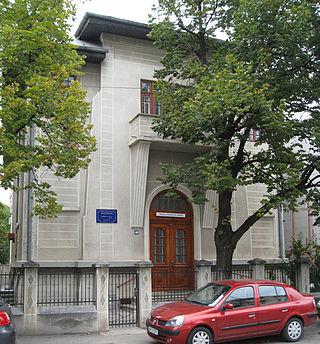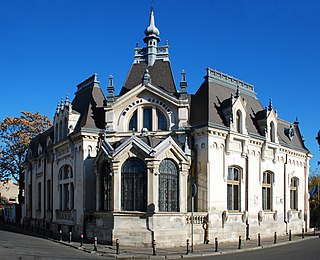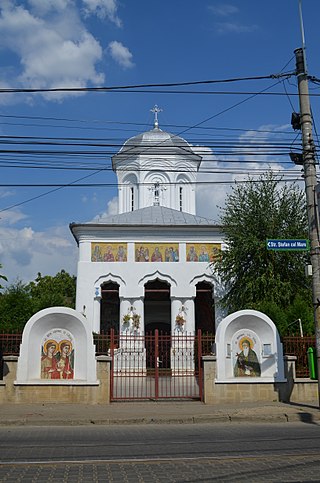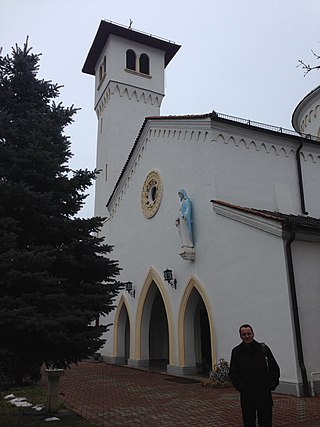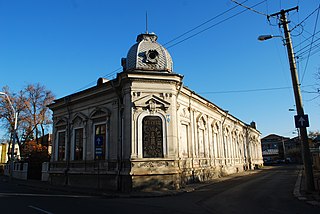Self-guided Sightseeing Tour #3 in Ploiești, Romania
Legend
Tour Facts
2.8 km
22 m
Experience Ploiești in Romania in a whole new way with our free self-guided sightseeing tour. This site not only offers you practical information and insider tips, but also a rich variety of activities and sights you shouldn't miss. Whether you love art and culture, want to explore historical sites or simply want to experience the vibrant atmosphere of a lively city - you'll find everything you need for your personal adventure here.
Individual Sights in PloieștiSight 1: Biserica Evanghelică Română
The Evangelical Church of Romania is a Protestant denomination that emerged out of the Romanian Orthodox Church. It is one of Romania's eighteen officially recognised religious denominations.
Sight 2: Nicolae Simache Clock Museum
The "Nicolae Simache" Clock Museum is a county museum in Ploieşti, Romania. Organized on the initiative of Professor N. I. Simache, as a section of the History Museum, it dates back to 1963. It was first installed in a hall in the Palace of Culture, until, through acquisitions, it acquired such a rich heritage that it needed its own premises. The Luca Elefterscu House was then made available to him, which was adapted to the new purpose; The arrangement works were completed in 1971 and the museum opened in January 1972.
Sight 3: Biserica Sfinţii Voievozi
The Church of the Holy Voievozi in Ploiești has its name from the first dedication of the Church, from 1628, and from the data existing in the archive it is believed to be the second church in the city of Ploiești, after the royal church. Before the present parish church there was a church built of wooden beams, from 1648, but in 1711 the building of the current church began, ending in 1720. The church preserves the Brancovan style as an architecture, being a historical monument of architecture. Between 2000 and 2005, consolidation works, capital repairs were carried out, the old painting was removed, because it had no heritage value, and a new painting was made between 2002 and 2005, in the fresco technique.
Wikipedia: Biserica Sfinții Voevozi din Ploiești (RO), Website
Sight 4: Biserica Romano Catolică Cristos Rege
The "Christ, King" Church in Ploiesti is a Roman Catholic place of worship located in Stefan cel Mare Street no. 13, which serves as a parish church within the Roman Catholic Archdiocese of Bucharest.
Sight 5: National Museum of Oil
The National Petroleum Museum in Ploiesti was inaugurated on October 8, 1961, as a result of the celebration of the centenary of the Romanian oil industry, in 1857. It is among the only museums of its kind in the country and in Europe. Hosted by a beautiful edifice that allowed the arrangement of some rooms and with a courtyard that was transformed into an open-air exhibition. The museum's patrimony has grown from 800 pieces in 1961 to over 8,000 in 1994.
Sight 6: Carol Nicolae Debie
In the municipality of Ploiesti, among the statues and monuments existing in public places, there are also a series of busts of prominent personalities born in Ploiesti or whose activity is closely linked to this city.
Sight 7: Biserica Buna Vestire
The "Annunciation" Church in Ploiesti is located about 300 m from the center of Ploiesti, on Plevnei Street number 2.
Sight 8: Biserica Sfântul Pantelimon
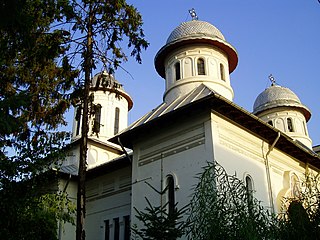
Saint Pantelimon Church in Ploiesti is a place of worship located on Democracy Street, no. 71, in an old working-class neighborhood near the former 1 Mai Plant and the Ploiesti Sud Station.
Share
How likely are you to recommend us?
Disclaimer Please be aware of your surroundings and do not enter private property. We are not liable for any damages that occur during the tours.
GPX-Download For navigation apps and GPS devices you can download the tour as a GPX file.
